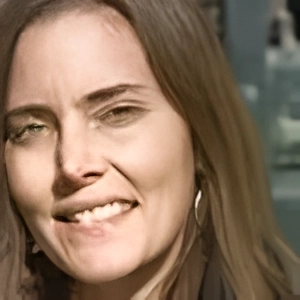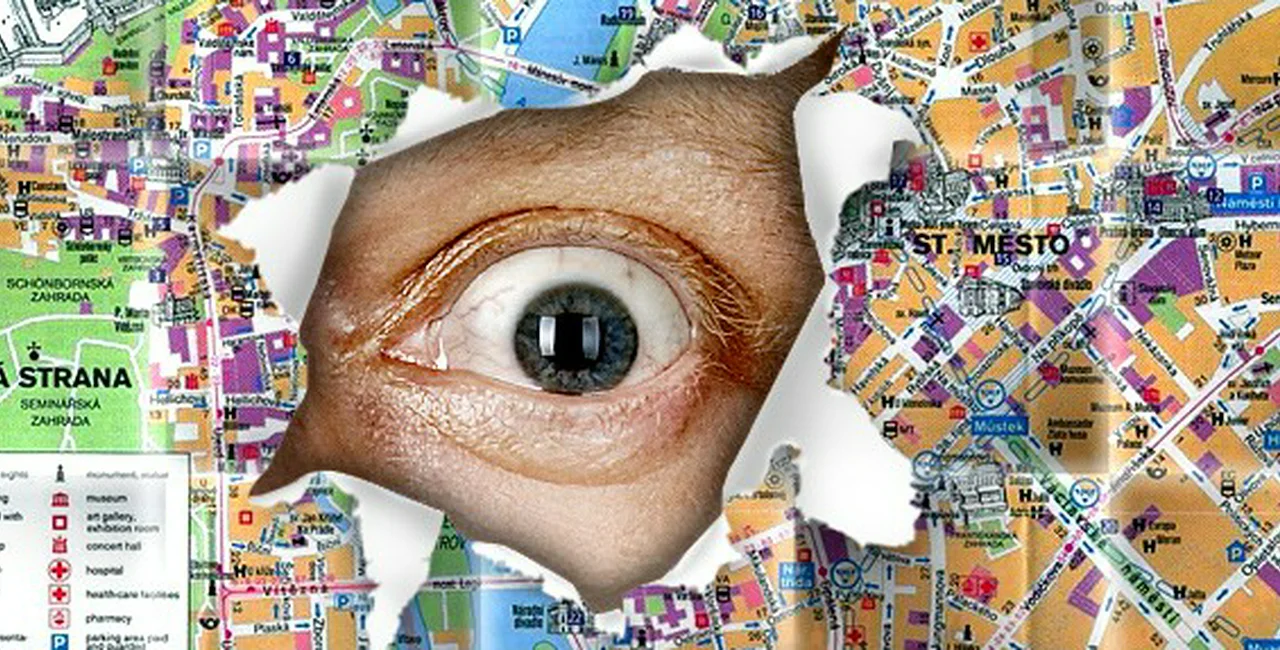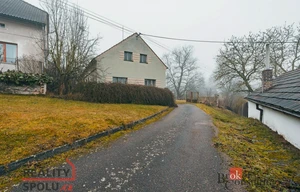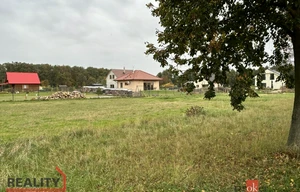If you looked at Old Town Square from an aerial perspective right at this moment you’d notice double the amount of people, like swarms of insects, with one person at the front either holding an umbrella or wearing a bright colored shirt to stand out from the crowd. What’s it really like being a tour guide here? I met up with three brave long timers who were willing to share bare some bits of their tour guide souls.
[For more on the ins and outs of becoming a tour guide in Prague, see our article Expats for Hire: Tour Guide]
Our fearless guides
Kathryn Hume-Čvančarová (AUS) has been a tour guide since 2010. She was with Sandemans New Europe tours for several years, before moving on to White Umbrella Tours in 2013. Says Hume-Čvančarová. “I studied theatre at university and being a tour guide is kind of like performing for me.”
Charles Darkin (UK) has been a tour guide since 2005. He works as an independent guide offering private tours, but is also commissioned by some British tour companies. Darkin says of his decision to become a guide, “I traveled a lot since I was a child. That travel bug instilled in me early on motivated my interest in being a tour guide.”
John Smith (UK, not his real name) has been a tour guide for three-and-a-half years. Smith works for one of the companies providing free tours. “[I decided to become a tour guide] to get out, to do something different,” he says. “I like history, so when the opportunity came about, I said okay.”
“One time a girl offered herself as a tip”
Hume-Čvančarová and Smith work for companies who provide free tours. They don’t get a set salary but make money from tips. They are required to pay a fee to the company per head from those tips. Other companies pay a base salary but guides usually make tips as well. The free tour model is designed to get tourists to take the company’s paid tours. This, along with trying to get good tips, is where your skills as tour guide have to come into play. For Smith, who says, “You have to give an entertaining tour,” he approaches it “very much as a business.”
“I practice high-priority selling. I focus on the customers I can up-sell,” he says. “To me it’s a science.”
The largest tip Hume-Čvančarová ever got is 1,000 CZK from one person. The least? “People have not tipped,” she says. Smith’s tipping history takes the cake. Not only has he not been tipped before, but when tourists have handed him such an offensively low amount of pocket change, he’s handed it back, “I just told them, you need this more than I do.” To make up for it, he’s received 10,000 CZK (in two tours). What’s the most interesting tip he’s ever been offered? “One time a girl offered herself as a tip, ” he says. Smith politely declined the offer.
Beware packs of students
When I asked about best and worst tour groups, both Hume-Čvančarová and Smith see it from the perspective of tips. “There are certain nationalities who give more money and some who give less,” says Hume-Čvančarová.
Both ranked Americans and Australians as high tippers. Hume-Čvančarová also mentioned Canadians. On Smith’s list of up-sell groups, he includes along with the latter, Brits, Germans, Israelis, and “[Groups from] Singapore are usually very good tippers,” he says. Smith further broke it down saying that younger Americans (28 to 50) tip higher than older Americans, and those from the Northeast and West Coast tip higher than those from the Midwest. As for low tippers he mentioned Chinese, Turkish, Brazilian, French, Indians, and Japanese groups.
Both spoke of one group in particular that rubbed them the wrong way: students on study abroad, often from Italy or Spain, traveling in packs. “The tour is included as part of their trip overall. A lot of the time they’re not interested,” says Hume-Čvančarová. Smith said this is one of the groups that he has handed money back to. As for Darkin’s experience, he says, “It doesn’t work on a nationality basis.” Smith says it’s not about nationality it’s cultural.
Drunks, stoners, fighting couples, and ambulances
During one tour, a participant said to Darkin, “It’s clear you haven’t studied enough.” Along with having drunks and stoners, and a fighting couple on his tours, Smith was also called a racist once after playfully razzing a guy about opting for McDonald’s over Czech food. The tourist also leaned on someone’s parked car. Smith kindly asked him to not do so, saying “You don’t do that in Europe.” The insult followed. “I felt shocked from that,” he says.
On one of Smith’s tours, a woman fainted by one of the castle guards. “The guard called an ambulance,” says Smith. “She came back the next day and finished the tour.” Although Smith avoided being hurt when a fast-driving car on Dlouhá street almost hit him, a Canadian tourist on Hume-Čvančarová’s husband’s tour (yes, her husband is a tour guide as well) wasn’t so lucky. “It was in Kutná Hora. He got run over and broke his leg,” she says. Her Czech husband had to translate between the hurt tourist and the doctors and police. “His parents came back and did the tour a few years later,” says Hume-Čvančarová. “They thanked my husband for his help.”
Local hecklers and celeb spottings
On one of Smith’s tour, near the Kafka statue by the Spanish Synagogue, a homeless man decided to relieve himself right by the tour group. When Smith noticed members from the group looking over, he just incorporated it into the tour as another unique Prague site.
Sometimes it’s the Czechs who take notice of the tour groups. One time when Smith was talking about Jan Hus and added a bit of humor to balance out the heavier facts (as all three tour guides mentioned is necessary to do), a Czech woman on the street said in front of the whole group, “Why are you making fun of Jan Hus?” And then mentioned that she had a PhD. “It used to be quite common to be heckled by the Czechs,” says Smith.
A famous Czech once observed Hume-Čvančarová ‘s husband’s tour. “It was Zdeněk Svěrák from the movie Kolya, “says Hume-Čvančarová. “My husband asked him what he thought and he said, ‘I think you’re better at sucking out the ass of Germans.’ Sverak then said he didn’t really understand English, but I think he did.” Along with seeing the head of the Czech armed forces, Smith once pointed out to his group the Czech president as he was getting out of his car.
Assault, death threats, heckling
Among the Czechs hecklers that Smith mentioned used to be the “old, classic Czech tour guides.” But today, it seems that it’s all the competing tour companies, particularly those offering free tours, that are doing the heckling, and then some. Smith said he’s counted up to 10 companies offering free tours. Hume-Čvančarová, who mentioned five to six companies said the competition is big. “There have been cases of assault. One promoter from Sandemans was assaulted in the square,” she says. “There have been death threats. [It happened to] one of the owners of the current company I am working for.” She adds, “There are some real characters you meet in the industry.”
Worlds’s greatest gig?
Death threats and cheeky people aside, the three expressed the many benefits and good experiences that have come from being a tour guide. One of Hume-Čvančarová’s tours included a German woman who had emigrated to the U.S. during the war and now for her 60th birthday, she was doing the tour with particularly poignant feelings. “She was really horrified by what happened. She had some guilt about it,” says Hume-Čvančarová. “It was really interesting to talk to her. She had problems with the history she was part of, “ she says. “It’s really interesting when you meet people like that.”
Darkin also mentioned the benefits of those you cross paths with. “You meet people from all over the world. They tell you about their lives and it enriches your life.”
Smith says that although he thought about “packing it in” last year, “next thing you know I’m still doing it.” Darkin doesn’t have plans to stop either and nor does Hume-Čvančarová. “I will do it for as long as I possibly can. I love it. I don’t get tired of Prague and I don’t get tired of talking about it.” She adds, “Being a tour guide has changed my behavior about travel.”
**
Think you’ve got what it takes to become a tour guide? See how here.












 Reading time: 7 minutes
Reading time: 7 minutes 
























